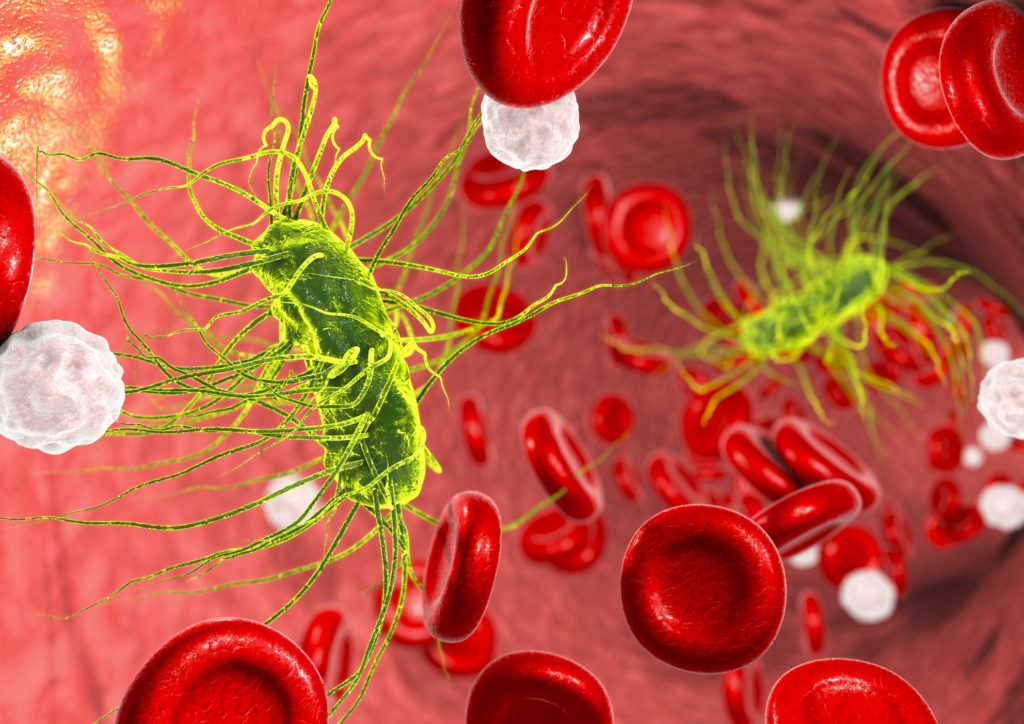[ad_1]
Breakthrough in research against antibiotic resistance
Antibiotic resistance is a growing threat worldwide: As more and more bacterial strains become resistant, well-curable diseases become deadly threats again. A German science team has made a breakthrough in bacterial research. They have been able to understand how bacteria manage to protect themselves from antibiotics.
For the first time, researchers from Martin Luther University Halle-Wittenberg (MLU) were able to explain how the bacterium E. coli, responsible for many diarrheal diseases, defended against antibiotics. According to the research team, it is an important step in the prevention of resistance. The results of the study were recently published in the famous journal "Nature Communications".

Resistant bacteria can become a deadly threat
Bacteria that develop resistance to antibiotics are becoming more and more of a medical problem. As a recent study by the Federal Institute for Risk Assessment (BfR) shows, antibiotic resistance is one of the main health problems of Germans. If these levels of resistance continue to increase, many infectious bacterial diseases can be fatal. "It's a real threat," says Professor Dr. Milton T. Stubbs in a press release about the results of the current study.
The illumination is extremely important
Stubbs has been studying bacterial resistance for many years and emphasizes the urgent need to elucidate these resistance mechanisms. "Because it's only if we find out how resistance appears that we can find solutions to prevent it," says the professor.
The researchers looked very closely
The team of experts uses X-ray crystallography during examinations. This extremely precise method allows penetration into the so-called angstrom region. This surface corresponds to the size of a ten billionth of a meter! The researchers report that single atoms are visible on this scale. This allowed them to observe the proteins, which ultimately helped to elucidate the resistance.
A colibacterium showed the mechanism of resistance
The widespread bacterium Escherichia coli is present in the intestines of humans and animals. Some pathogenic strains of this bacterium can cause diarrhea or bloody diarrhea in dangerous diseases (EHEC). The researchers were able to isolate a membrane protein called MdfA from E. coli and thus identify its molecular structure. "It's a very complicated process for sensitive membrane proteins," Stubbs says. Here, you have to work in optimal conditions to keep the protein stable.
This is how coli bacteria protect against antibiotics
Using the above-mentioned X-ray crystallography, the mechanism of resistance formation was finally deciphered. The research team compares the process with a pump. First, the antibiotic is absorbed by the bacteria, but the MdfA protein ensures that the active ingredient is transported out of the cell before it can develop its lethal effect.
Do all resistant bacteria work this way?
"We badume that the mechanism revealed in this work applies to many other antibiotics," says Milton Stubbs. This is a solid foundation for future practical application. You can only search for solutions if you understand how the resistors work. (Vb)
Source link